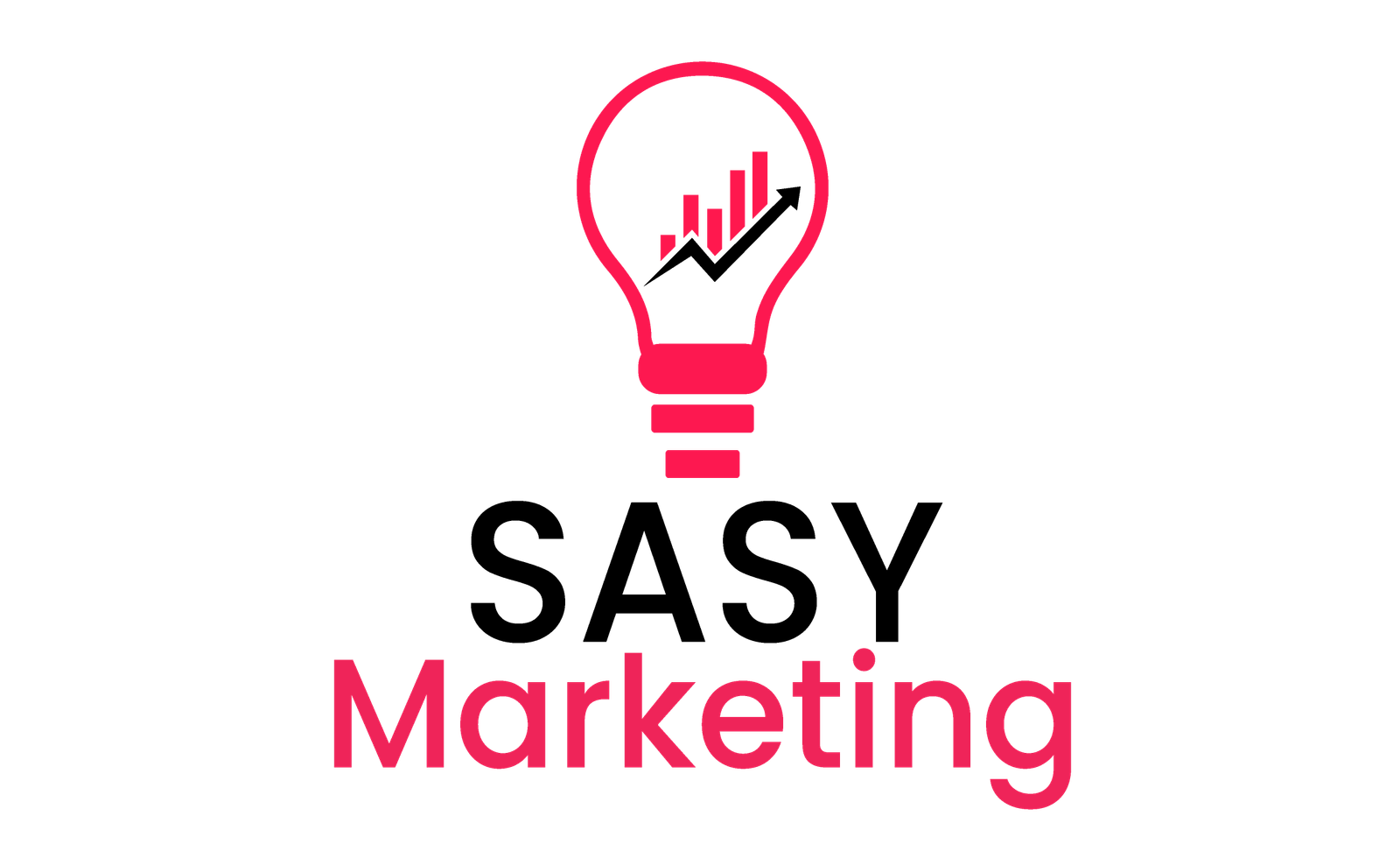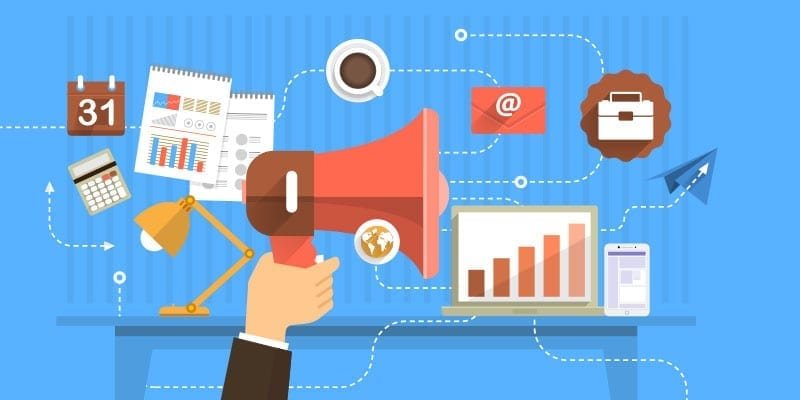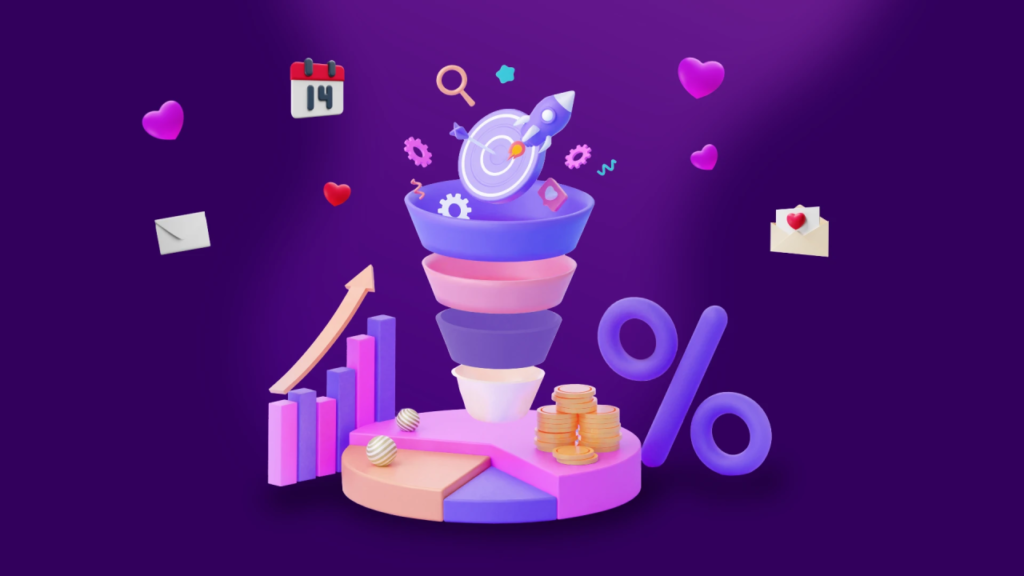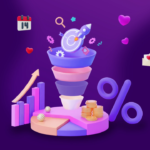Perfect Timing: When Should You Send Your Newsletter
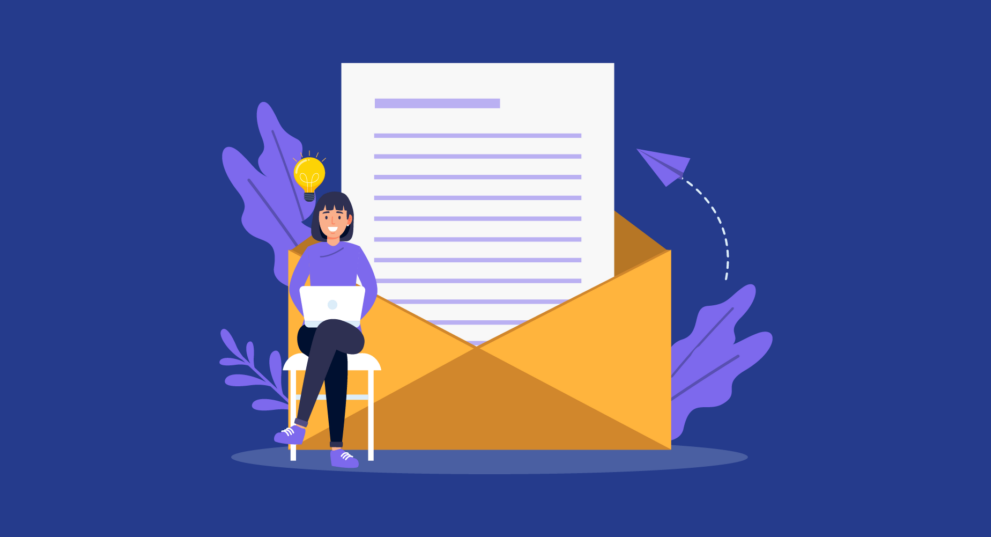
What is the best time to send a newsletter to get the most views and impressions?
Timing is everything when it comes to email marketing. When sending a newsletter, hitting the mark with timing can increase open rates and impressions.On the other hand, poor timing can result in your newsletter getting lost in the sea of unread emails.If you send newsletters at the wrong time, you are losing out on the 40% open rates that newsletters offer to email marketers.
When is the best time to send a newsletter? Let’s take a look together.
What is the best time to send emails?
Before diving into the timings and days, looking into how times can differ for different countries is good practice.Geography plays a vital role in determining when an email should be sent to consumers.
Open rates for different countries
Time zones, work habits, and cultural norms all influence when people are most likely to check and engage with their inboxes.
For example,
In North America and Europe, most professionals check their emails during work hours, particularly in the late morning or after lunch.
In Australia and India, there’s evidence that emails sent later in the day tend to perform better, likely due to those audiences’ flexible work schedules or preferences.
In Asia, where many regions experience different work hours than the West, sending emails during the mid-afternoon or evening can increase open rates
The best days to send email newsletters
Let’s get into the specifics. We have seen how timings can differ due to geographical locations. Now, let’s see what days are the best for sending newsletters and what results they can yield.Multiple researches have shown that Tuesdays, Wednesdays, and Thursdays are the best days for sending not just newsletters but also marketing emails.
Why? Let us explain.
1. Tuesday
People have settled into their workweeks and no longer have cluttered inboxes. This gives you the chance to land your newsletter in fresh eyes and a fresh mailbox.
This day is also perfect because readers are more focused and ready to engage with work-related content.
2. Wednesday
Placed right in the middle of the week, gives you an urgency-free reader. Since the week is now halfway through, your potential readers have the time required to enjoy your newsletter.Engagement rates tend to peak as people settle into their routines.
3. Thursday
By Thursday, people are thinking about wrapping up the week and planning for the weekend. They may be more relaxed and open to engaging with newsletters, especially if they contain valuable, actionable content.The worst days to send an email newsletter
Then again, Monday, Saturday, and Sunday are traditionally considered the worst days of the week to mail email newsletters.
1. Monday
However, inboxes are inundated by emails that have accumulated over the weekend. People spend a lot of time and effort catching up on work, replying to important messages, and managing the stack. Therefore, emails sent on Monday are often miserably lost or wholly ignored.
2. Saturday and Sunday
In the B2B market, people disconnect from work-related emails during the weekend. Though B2C open rates are usually higher over weekends, for example, retail promotions, most newsletters would be better off being sent during the workweek. However, there are exceptions to this, depending on your audience. For instance, if you’re marketing content to people who interact with your stuff during off-times or send out promotions regarding weekend sales, things like Saturday or Sunday might be perfect for your use.
Email open rates per week
Email open rates peak mainly on Tuesdays and Thursdays across industries. Wednesdays usually come in second place, so the middle of the week fits in an email campaign sweet spot. But Mondays, Fridays, and weekends tend to carry lower engagement rates.
While there’s a clear defining line in the sand, don’t be afraid to experiment with other, less mainstream days and times to boost your email campaign’s success.
Even if Monday is not a great day for an email (in general), testing a Monday morning send might help you stand out among the marketers who send them Mondays.
Email send times: B2B vs B2C
Understanding your audience’s work habits is critical when planning your email send times.
B2B and B2C audiences tend to engage with emails at different times of day, so tailoring your strategy to fit the unique behaviors of each segment can yield higher open rates.
1. B2B Email Timings:
For B2B email campaigns, the best times to send are typically during regular business hours, when your audience is in a work mindset.
Research suggests that B2B email open rates peak during these times:
Late morning: Usually, you send emails to B2B audiences between 10 a.m. and 11 a.m. Now that people have completed the morning’s important work, they are more likely to chat with non-important emails, such as newsletters.
Early afternoon: Another time of day to consider is 1 p.m. to 2 p.m. People check their inboxes after lunch before getting back to work. Send emails away from work hours when your audience is less likely to be in work mode, e.g., three hours before and three hours after work hours (e.g., between 9 a.m. and 5 p.m.).
2. B2C Email Timings:
So, B2C audiences, are more likely to check our emails outside of work hours.
The best times to send B2C emails are often:
Early morning: Emails are delivered well between 6 a.m. and 9 a.m. because the recipients will likely check their emails first thing in the morning (on the train or at breakfast).
Evening: Also, remember that sending emails at 7 p.m. to 9 p.m. works, as most people get personal emails when they have dinner at home and relax.When sending to a mix of B2B and B2C audiences, segment your list and tailor send times for the top engagement of each group.
So, when is the best time to send a newsletter?
In summary, the best time to send a newsletter depends on a combination of factors:
If you send your email on Tuesday, Wednesday, or Thursday, it is usually the best day.
For B2B, late morning or early afternoon on those days.
Early morning and evening work best for B2C audiences.
These are just guidelines. You must test different times and days to understand when your audience is most engaged and then analyze the results.
Some other factors that can affect your email timings:
While general timing best practices are helpful, they won’t always apply perfectly to every business.
Here are a few other factors to consider when determining your email timing strategy:
Your Marketing Goals: Is it about promoting an event having a defined time to run, sending out a product news flash, or providing regular updates? Because the nature of your campaign will vary, you will vary when you should send the emails. For example, event-related emails must be sent at a specific time if you encourage registration or participation in an event.
Your Messaging: However, if you’re pushing something out that’s urgent or time-sensitive, you might want to go outside the “best times.” When sending your newsy updates or flash sales, the early morning or off-peak times might work better for newsworthy updates or flash sales.
Your Target Audience: Email habits are different for different audiences. Who are your target students: busy professionals, stay-at-home parents, or retirees? Knowing your audience’s working schedules and email habits will allow you to determine when to connect with them.
Tools to optimize your emails
To ensure that your emails land in your audience’s inbox at the optimal time, consider using the following tools and tactics:
1. Email Scheduling
Most email marketing platforms allow you to schedule when your emails are sent. This is particularly useful when your audience is spread over various time zones whether they’re in their inbox or not, schedule emails to land in the recipient’s inbox at the right time.
2. Auto-resend
Auto resend tools can help increase your open rates by sending the email again to people who didn’t open it. On the second try, you can set a new subject line or change the content slightly to encourage engagement.
3. A/B testing
With A/B testing, you can test out send times, subject lines, email design, whatever you want to experiment with, to figure out what brings the best results for your audience. You can turn the guess work into data-driven decisions by testing two or more variations of an email campaign.
4. Automation triggers
Instead of periodically sending emails, you can send them based on different actions and behaviors. This is useful when creating triggered emails, such as welcome emails, abandoned cart emails, or even post-purchase follow-ups.
Since these are sent based on user activity, they have a much higher open rate and engagement than a regular newsletter. With automation triggers set up, your message will be delivered at the optimal time to your recipient.
To sum it up
The answer to when to send a newsletter is no one size fits all. At the same time, it doesn’t guarantee higher open or engagement rates by any stretch of the imagination.
Adhering to best practices like sending Tuesday, Wednesday, or Thursday in the late morning to midday for B2B or early afternoon for B2C and late afternoon or evening for B2C targets significantly increases your chances for higher open and engagement rates.
Besides, utilizing tools like email scheduling, auto resend, A/B testing, and automation triggers will also show you how to fine-tune your strategy and ensure these reach your audience at the right time.
Remember to factor in your unique audience, marketing goals, and marketing message when planning your emails.
Testing and analyzing your email campaigns repeatedly will remain the best way to glean the most accurate insights into when your particular audience is most engaged. This will allow you to tweak your email marketing to yield the most significant returns.
Timing your emails is just one way to do it right. Crafting compelling email content, a clear call to action, and a personal touch are integral to successful email marketing.
Considering all these factors, you can increase your newsletter’s open rates and overall efficacy, which results in more views, impressions, and conversions.
